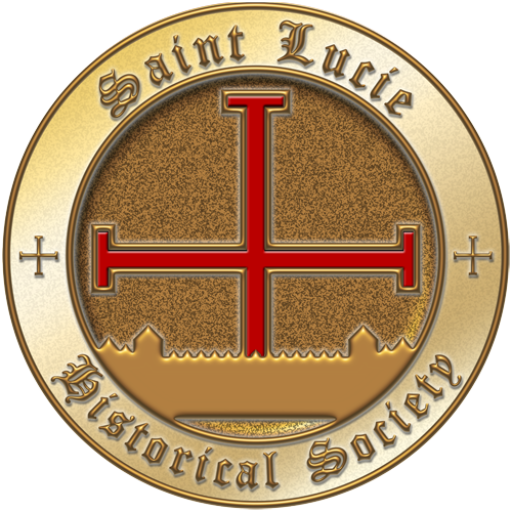Fishing Industry
In the second half of the nineteenth century the bounty of fish and wildlife in this area became known all over the country. The ocean offered food for all the settlers and a means for many to earn a living. Fish were dried and salted then shipped to market. Turtles and oysters were abundant. One early settler, Mills Burnham bought a boat to transport green turtles to Charleston. He used small wooden blocks to support their heads as they lay on their backs during transport. Many settlers established their own oyster beds by their river docks. Colonel Titus had St. Lucie oysters sent to Titusville to seed beds. Oyster shells were used to improve roads. Access to the inlet was limited for a time to coastal schooners which could draw three feet or less. Many pioneers had their own schooners and used them for trade.
In 1896 R. R. Ricou arrived at Eden with his family. He entered the commercial fishing business and at one time owned eight fish houses along the coast from Titusville to Key West. By the turn of the century commercial fishing became a growing industry for the area. Fish dealers set up camps all over the inlet, on small islands and even on the river side of Hutchinson Island. River fisherman picked fish from their nets at a number of fish houses, where they would be weighed and credited to their accounts. The dealers cleaned and iced down the fish, packed them in barrels with more ice for northern markets. Rail carts lined the P.P. Cobb dock for easy delivery of ice and loading the catch. Scraps and “trash fish” were trucked to local farmers for fertilizer. Many settlers found employment in the supporting fields of this industry.
